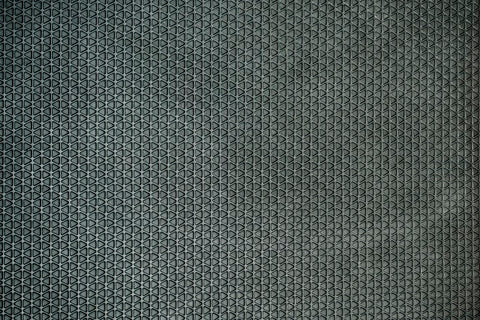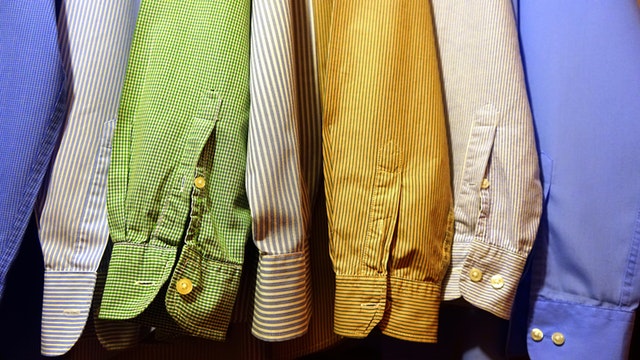Clothing made from bamboo has been a popular practice for over 20 years but has only recently become a well-known fabric to use. There are many benefits to using bamboo clothing, and the way it is made has become a much more environmentally friendly process in recent years.
What is Rayon?
Bamboo clothing is almost always made of bamboo rayon, now, the important question is, what is rayon? Rayon is a semi-synthetic fibre made by chemically reshaping cellulose. Cellulose extracted from bamboo can be made into viscose rayon.
Bamboo leaves and the soft, inner part of the bamboo are extracted using steam and then crushed, which produces the cellulose. The cellulose is then purified, treated with lye, dissolved and then reformed into rayon.

Rayon vs Viscose
Silk is an incredibly popular, but expensive material that is used and wanted worldwide, many people want to use silk, but can’t afford it. A cheaper alternative was then made, and that is how rayon was invented.
Rayon is a man-made material that is neither natural or artificial. Rayon is made from cellulose which is found in plants, but it undergoes a vast chemical process before reaching its final form.
Rayon is a highly absorbent material, which makes it ideal for dying. It can easily be knitted or woven to make clothing such as skirts and shirts. It was originally intended to be used for house furnishings.
The downside of rayon is that is doesn’t withstand wear and tear, and requires repairs on a frequent basis. It also yellows with age and forms small balls in rough areas.
There are several different types of rayon, namely, polynosic rayon, super absorbent rayon, Tencel rayon, Lyocell, and fire-retardant and micro-denier fibres. The most common forms of rayon are the high-wet modulus rayon and viscose rayon.
Viscose rayon is made from viscose, which is a naturally occurring, organic liquid that is used as the main component in the production of rayon and cellophane. It is also used to make art silk, modal, and synthetic velvet.
Viscose is made by dissolving wood pulp or cotton linter in caustic soda, and by letting it soak for some time. After it is soaked, the mulch is then shredded and aged.
It is then treated with carbon disulfide to produce xanthate, which is dissolved again in a low concentration bath of caustic soda and acetate.
Viscose rayon feels a lot like cotton and looks very similar to silk, which makes it ideal for light clothing. It also drapes incredibly well and can be used for curtains. It is a cheap and versatile material but requires maintenance as it wrinkles very easily.

Bamboo Fabric
To turn the bamboo into a fabric, there are two different methods used. There is the mechanical method, which is very labour intensive and costly, and there is the chemical method, which is a more popular method used by clothing manufacturers.
The mechanical method for producing bamboo is not used for mass production of the material, as it requires a lot of hard work and is very expensive, therefore the chemical method is prefered by larger manufacturers.
The chemical method of producing the material is more controversial due to the fact that it causes damage to the environment and to the workers involved in the process. However, advances in technology have allowed businesses to produce the material using the chemical method in a safer and healthier way, for both the workers and the environment.

Benefits of Using Bamboo
The growth of bamboo makes it a very sustainable plant to use for the production of clothing. It grows incredibly quickly and can be found in cold and hot climates. Being able to grow in various weather conditions allows it to be easily grown and maintained.
You are able to harvest the bamboo after about ten weeks, and since it is a grass, it regrows exactly like grass, meaning there is no need to replant it or clear the fields for a fresh crop, saving on space and damage to the environment.
Bamboo is incredibly beneficial to the fabric industry and the communities that surround the fields. It can be used for food, shelter, and fibre and its incredibly fast growth rate and clumping nature means you can grow a lot of it in a relatively small space.
Due to deforestation, forests aren’t absorbing as much carbon dioxide as it once was. On the other hand, bamboo absorbs 35% more carbon dioxide than trees, making it a brilliant substitute in the case of deforestation.
On that note, bamboo also slows the rate of deforestation as it provides an alternative for building materials and textiles, allowing businesses and communities not to have to solely rely on the planet's forests and jungles.
Bamboo barely requires any water other than natural rainfall, it is also stores that water more efficiently and can withstand droughts much better than regular forests. Since cotton is the largest user of water in the material industry, bamboo is a brilliant water-saving alternative.
Bamboo is superior in the fact that it helps prevent, and even repair soil erosion. The constant harvesting and replanting of other crops erode the soil, but bamboo does not get uprooted when harvested and therefore does not have to be replanted.
Bamboo clothing is biodegradable if it isn’t treated with any colourants that aren’t. Old clothing can be composted and disposed of in a more efficient and environmentally friendly manner.
There is no need to use pesticides or fertilizers when growing bamboo, once again, helping to protect the environment it is grown in. In some places though, herbicides and fertilizer are used to promote the growth of the roots, which are used for food.

Bamboo is an efficient and environmentally friendly crop to use for the clothing industry. Even though it may go through a chemical process, that process has been modified and changed to help the environment instead of harming it.
It is a brilliant alternative to cotton, and should most definitely be considered as a replacement for your more water hungry and environment damaging materials.


